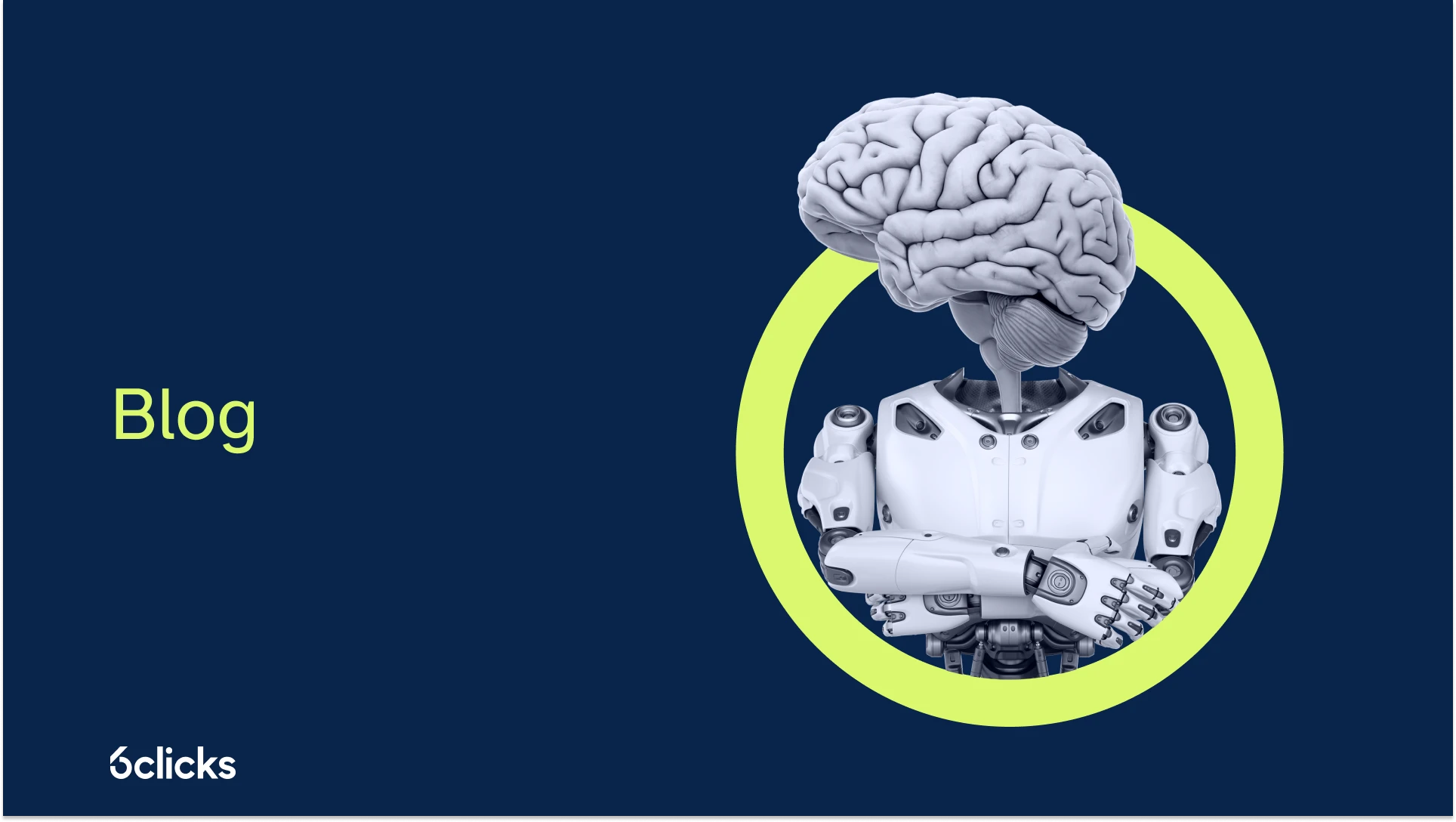The global marketplace in 2023 is characterized by high uncertainty and rapid change, leading to a multitude of potential risks that can disrupt organizations' business models and strategies at short notice. executives and boards of directors are keenly aware of the challenges posed by unfolding events in eastern Wurope, leadership changes in various countries, escalating inflation, rising interest rates, cyber threats, talent competition, supply chain disruptions, and technological advancements. to address these issues, organizations need to remain vigilant and agile in the face of uncertainty, continuously monitoring emerging risks and market opportunities to enhance their resilience.
A report by Protiviti and NC State University's ERM initiative highlights the top risks currently on the minds of global boards and senior executives. the report is based on a survey of over 1,300 directors and executives and provides insights into the extent to which various risks are likely to affect organizations in 2023 and even a decade later, in 2032.
The key risks and issues identified include:
-
Succession and talent challenges: organizations may face limitations in achieving operational targets due to difficulties in attracting and retaining top talent in a tightening job market.
-
Economic conditions: economic conditions in the markets where organizations operate may significantly restrict growth opportunities.
-
Labor cost increases: anticipated increases in labor costs may impact organizations' ability to meet profitability targets.
-
Resistance to change: resistance to change within the organization could hinder necessary adjustments to the business model and core operations.
-
Supply chain uncertainty: the core supply chain ecosystem faces uncertainty, leading to potential disruptions in operations.
-
Work environment changes: changes in the overall work environment may pose challenges in sustaining organizational culture and conduct.
-
Digital technology adoption: adoption of digital technologies may require new skills that are in short supply, necessitating significant efforts to reskill and upskill employees.
-
Risk escalation: the organization's culture may not encourage timely identification and escalation of risk issues.
-
Remote and hybrid work: managing remote or hybrid work arrangements and meeting workforce expectations may present challenges.
-
Crisis management and resilience: organizations may lack sufficient resilience and agility to manage unexpected crises effectively.
In addition to these operational risks, there are strategic, governance, and technological challenges:
-
Sustainability and climate change: organizations are under scrutiny to demonstrate commitment to sustainability and reduce their carbon footprint.
-
Compliance with changing laws: evolving regulations necessitate ongoing vigilance to ensure compliance and avoid penalties.
-
Board oversight: boards have a fiduciary responsibility to ensure financial health, governance practices, and evaluate senior management performance.
-
Geopolitical instability: escalating tensions between countries may lead to tariffs, restrictions, or changes in operating practices for businesses with international presence.
-
Organizational resilience: being prepared for natural disasters and crises requires cohesive planning and mitigation measures.
-
Supply chain disruptions: covid outbreaks, labor shortages, and other factors can disrupt supply chains, necessitating contingency measures.
-
Third-party risk: organizations need to vet vendors, conduct due diligence, and have alternate suppliers to address financial risks.
-
Performance management: organizations should have defined performance measures to track progress and efficiency.
-
Cybersecurity and data privacy: the shift to remote work has increased cyber threats, necessitating robust security controls and privacy measures.
-
Transformational technologies: boards need updates on technology governance, investments, and adoption to remain competitive.
-
Workforce talent development: the current wave of resignations and turnover requires strategies for talent attraction, retention, and development.
-
Economic conditions on liquidity: organizations should assess their liquidity and profitability amid changing economic conditions.
-
Revenue stability and growth: revenue drivers need to be revisited to sustain operations and explore potential growth opportunities.
In conclusion, the risks and challenges facing organizations in 2023 are multifaceted and demand continuous attention and adaptability. by proactively addressing these issues, boards and senior executives can enhance their organizational resilience and navigate the dynamic global marketplace effectively.
Written by Anthony Stevens
Ant Stevens is a luminary in the enterprise software industry, renowned as the CEO and Founder of 6clicks, where he spearheads the integration of artificial intelligence into their cybersecurity, risk and compliance platform. Ant has been instrumental developing software to support advisor and MSPs. Away from the complexities of cybersecurity and AI, Ant revels in the simplicity of nature. An avid camper, he cherishes time spent in the great outdoors with his family and beloved dog, Jack, exploring serene landscapes and disconnecting from the digital tether.








